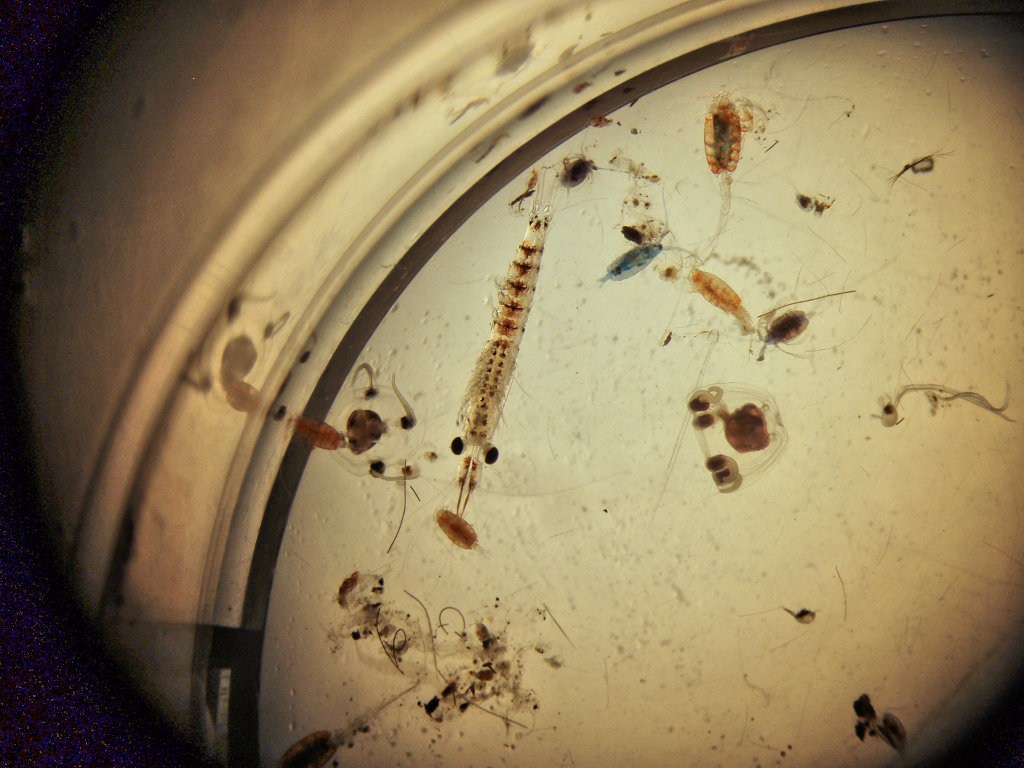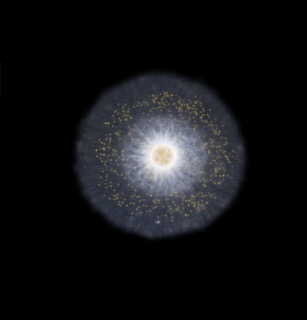
S. Christiansen

T. Biard
R. Kiko
The word plankton is derived from Greek and means something like ’errant’ or ’drifting’. It describes a group of organisms which do not actively swim large distances, but rather drift with the ocean currents. We differentiate between two large groups of plankton: Phytoplankton and zooplankton.
Phytoplankton mainly consist of microscopic algae. Just like plants on land, phytoplankton need CO2, nutrients and sunlight for growth and converts CO2 and nutrients to biomass, which is the basis for life in the ocean. Together with larger algae, oceanic phytoplankton primary production is as high as that of all land plants - including grass, flowers, trees and shrubs - combined.
Zooplankton feed on phytoplankton and are preyed upon by larger animals, such as fishes and whales. Zooplankton comprises tiny protists, such as the Rhizaria, which we analyse in this project, but also small crustaceans, fish larvae, worms and up to meter-large jellyfish.
Role of Rhizaria in biogeochemical cycles
Role of Rhizaria in the global ocean